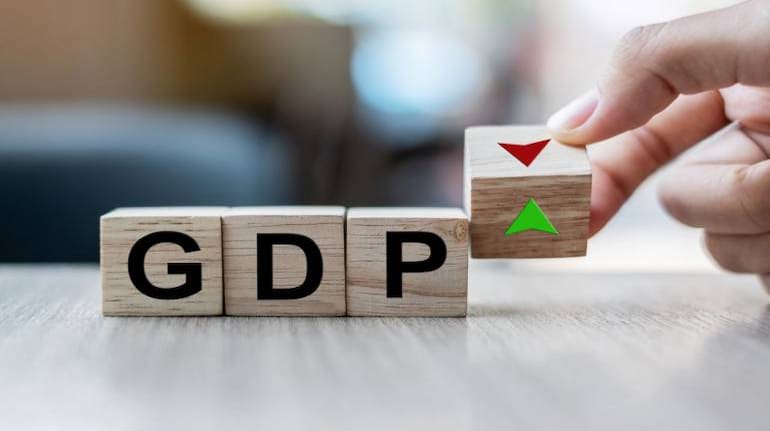
Global forecasting firm Oxford Economics on Monday revised downwards its India GDP growth forecast for 2021 to 10.2 percent from 11.8 percent previously, citing the country's escalating health burden, faltering vaccination rate and lack of a convincing government strategy to contain the pandemic.
Oxford Economics also said that notwithstanding the likelihood of further mobility restrictions, it expects India's targeted lockdown approach, less stringent restrictions, and resilient consumer and business behaviour to mitigate the economic impact of the second wave.
"India's escalating health burden, faltering vaccination rate, and lack of a convincing government strategy to contain the pandemic have prompted us to downgrade our 2021 GDP growth forecast to 10.2 percent from 11.8 percent previously," it said.
The global forecasting firm added it expects GDP to contract sequentially in the second quarter.
"But if struggling health systems force more states to resort to stricter lockdowns like Maharashtra, we will likely lower our growth forecast further," it added.
Oxford Economics said India's health system has collapsed in the worst-hit states, with even the national capital Delhi facing acute shortage of oxygen and COVID-19 hospital beds.
"While the official mortality rate has edged lower, it masks a rapidly rising death count. Deaths are now doubling every ten days (as opposed to an average of 29 days in the first wave) and even this figure is likely buttressed by delayed or under-reporting of deaths." it noted.
India is struggling with a second wave of the pandemic with more than 3,00,000 daily new coronavirus cases being reported in the past few days, and hospitals in several states are reeling under a shortage of medical oxygen and beds
The IMF has projected an impressive 12.5 percent growth rate for India in 2021, while S&P Global Ratings has said the Indian economy is projected to grow at 11 percent in the current fiscal.
In its last policy review, the RBI had projected a GDP growth rate of 10.5 percent for FY'22. According to India's statistics office, the economy projected to contract 8 percent in 2020-21 while the Economic Survey 2020-21 sees 11 percent growth in 2021-22.
Discover the latest Business News, Sensex, and Nifty updates. Obtain Personal Finance insights, tax queries, and expert opinions on Moneycontrol or download the Moneycontrol App to stay updated!
Find the best of Al News in one place, specially curated for you every weekend.
Stay on top of the latest tech trends and biggest startup news.